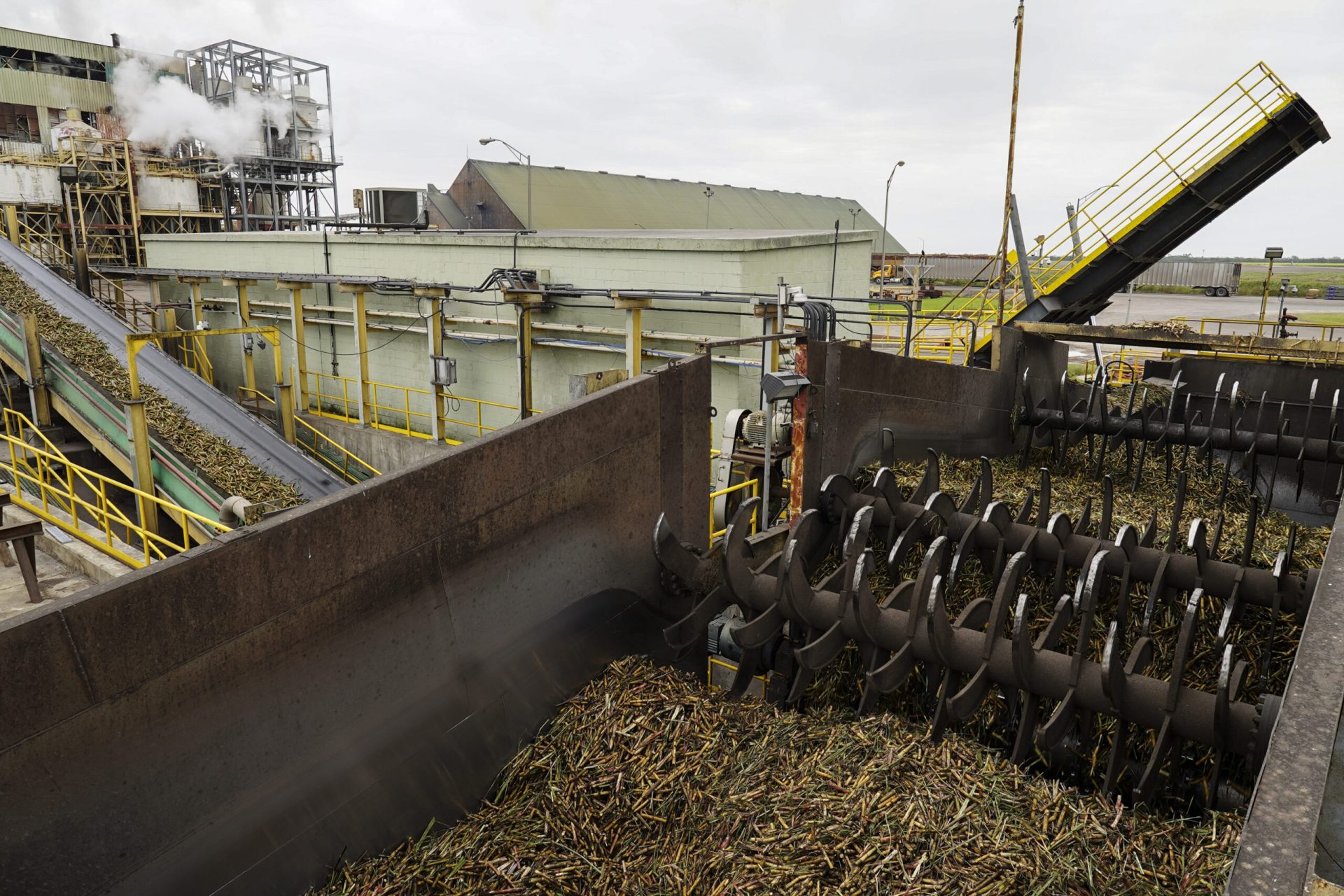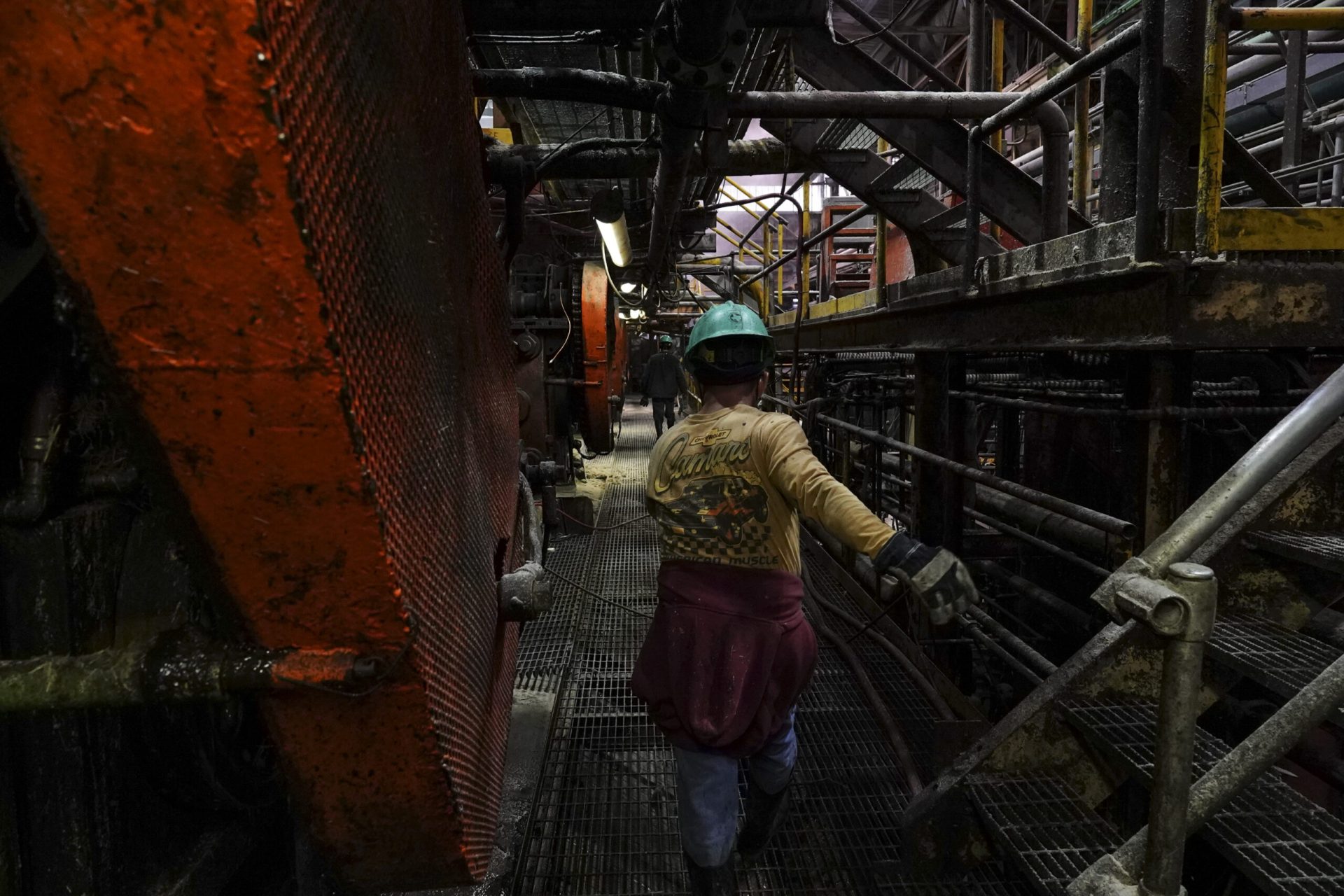Grocery shoppers might have noticed that sugar shelves aren’t always as well stocked as they normally are. It might seem odd, since a significant amount of the U.S. sugarcane crop is grown right here in the Rio Grande Valley.
What gives?
The simple answer is that there’s a worldwide sugar shortage as droughts in India, Mexico and Thailand, along with the war in Ukraine, have cut the supply from those countries, which provide a large part of the world’s sugar. It’s also one of the reasons sugar and candy prices have been much higher since before Christmas. Treats for your Valentine probably but a bigger dent in your budget this year.
U.S. sugar growers, especially in Texas and Louisiana, have dealt with drought also, but those problems have eased recently.
The sugar shortage might seem like a golden opportunity for Valley sugarcane growers and any farmers who might want to grow sugar beets for a season or two in order to take advantage of the global demand.
Unfortunately, there probably are too many roadblocks in the way — roadblocks placed by the government, ostensibly to help the sugar industry.
Many believe those programs do more harm than good, to the sugar industry, to U.S. consumers and taxpayers.
Sugar is one of many crops mired in subsidy programs that restrict the supply of commodities, and artificially inflate their prices.
Moreover, sugar subsidy programs might be the most convoluted, and costly, in the pile of government agricultural regulations.

Those programs, intended to maintain a high price for sugar, restrict both the supply and use of the commodity — and are one reason we must import sugar when U.S. growers probably could meet the domestic demand and still have plenty to sell overseas.
Capping allowable harvests raises prices, which benefit growers but hurt buyers. In addition, tariffs on imported sugar likely result in retaliatory actions by other countries, making it harder to sell our products to foreign markets. That is a major reason Brazil is enjoying major windfalls by helping mitigate other countries’ sugar shortages — and we aren’t.
Other subsidy provisions give preference to the corn industry. Federal policy is the reason our nation’s ethanol production comes entirely from corn, even as U.S. Department of Agriculture numbers show that while one acre of corn can produce about 430 gallons of ethanol, that same acre of sugar beets can produce some 750 gallons. An acre of sugarcane can produce more than 930 gallons of the fuel — more cheaply than corn.
While subsidy programs might mean higher prices for growers, some could argue that they could garner greater revenue if their production wasn’t limited by caps imposed by the subsidy programs.
The government’s own data show sugar subsidies hurt our overall economy more than they help. The Government Accountability Office in October reported that the subsidies’ net economic costs to the country were as high as $1.6 billion per year.
Agricultural subsidies are like kennels for the industry. They might ensure minimum benefits, but they also restrict their freedom to enjoy the freedom to meet market demands and ultimately make their lives — and ours — better.





